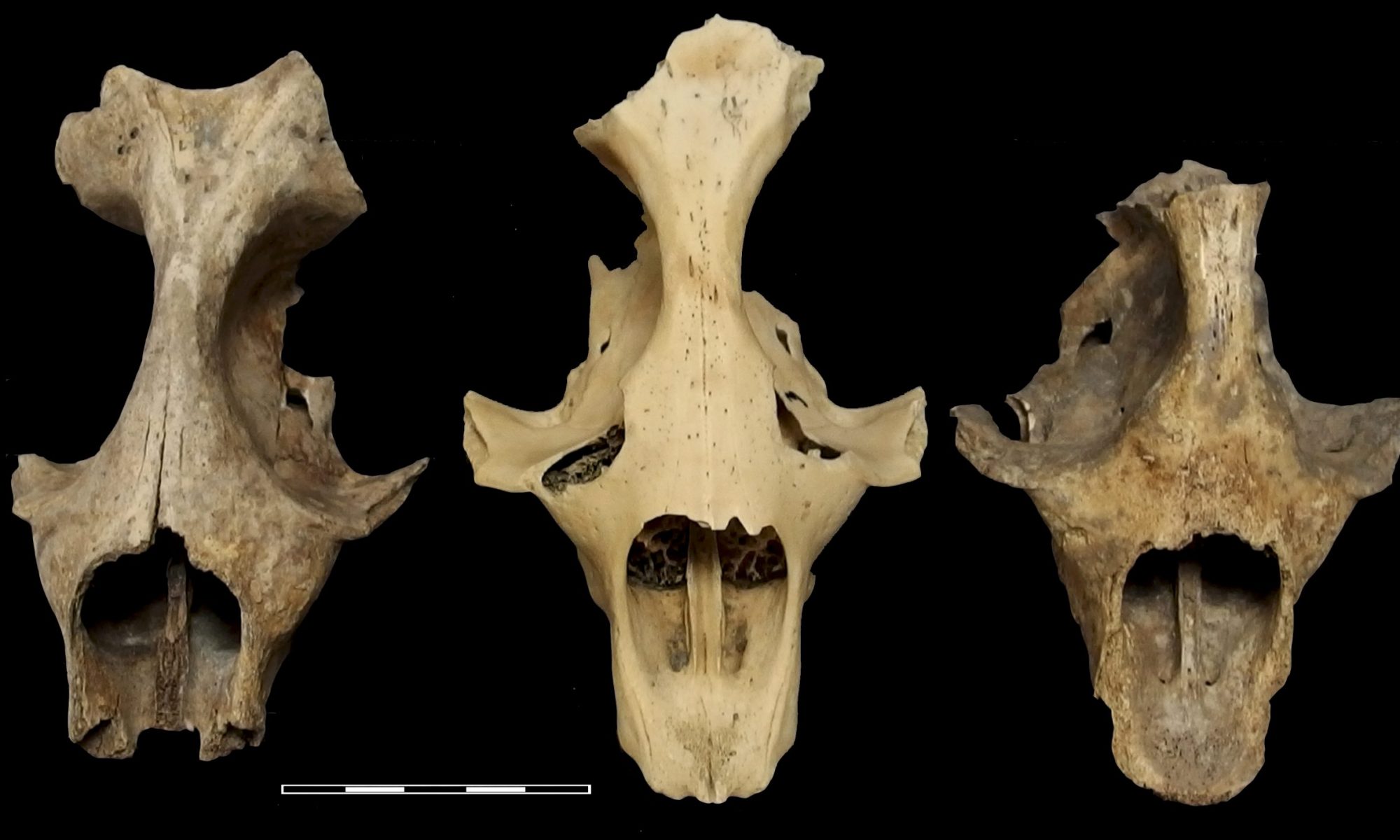Cemetery belonging to the nearby Holy Spirit Church and Monastery was found during the reconstruction works in Subačius st. 7. No archival data about the cemetery of the Holy Spirit Church was found. In 1998, the archaeological research was carried out on the site (archaeologist – Andrius Vaicekauskas). The investigated area was 138.6 m2 and 131 graves were uncovered. The dead were buried in rows and groups, so it was thought that a certain funerary order was followed. Rare grave goods such as orthodox rosaries were found. According to data collected during archeological research, the cemetery was dated to the 17th century. Subačiaus st. 7 anthropological material can be used in a variety of research. This material is believed to represent the Vilnius Orthodox community.
The skeletons and teeth of the individuals are exceptionally well preserved, carefully assembled, and the bone surface was only slightly affected by erosion. Three individuals were found with well-preserved hair fragments.
|
Preservation |
n |
% |
|
Complete skeleton (>50 %) |
80 |
62 % |
|
Partially preserved skeleton (~50 %) |
34 |
26 % |
|
Fragmentary skeleton (<50 %) |
15 |
12 % |
A total of 129 individuals are stored, including 23 non-adults and 102 adults (Figure 1). Male and probable male accounted for 48% of all individuals studied, and female and probable female for 32%. Individuals who did reached skeletal maturity, under 18 years of age, made 18% of all burials. Examining the age distribution of non-adults (Figure 2), it was observed that the largest group consists of those aged 1–5 years at the time of death (9%). Also, the number of newborns (0–1 years), who died during the first year of life, was too low (1%). Mortality in adult male and female was the highest at 40-49 years.



